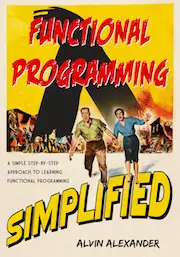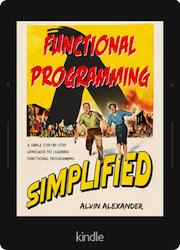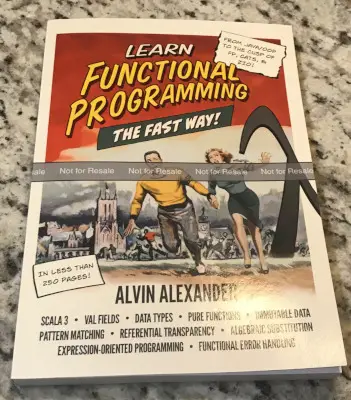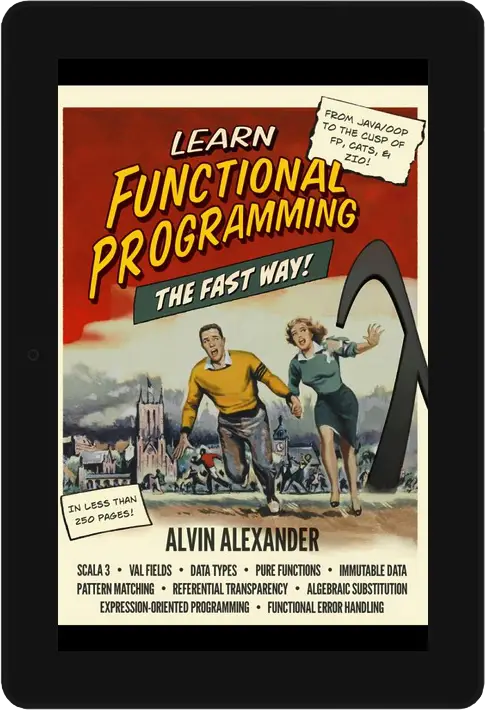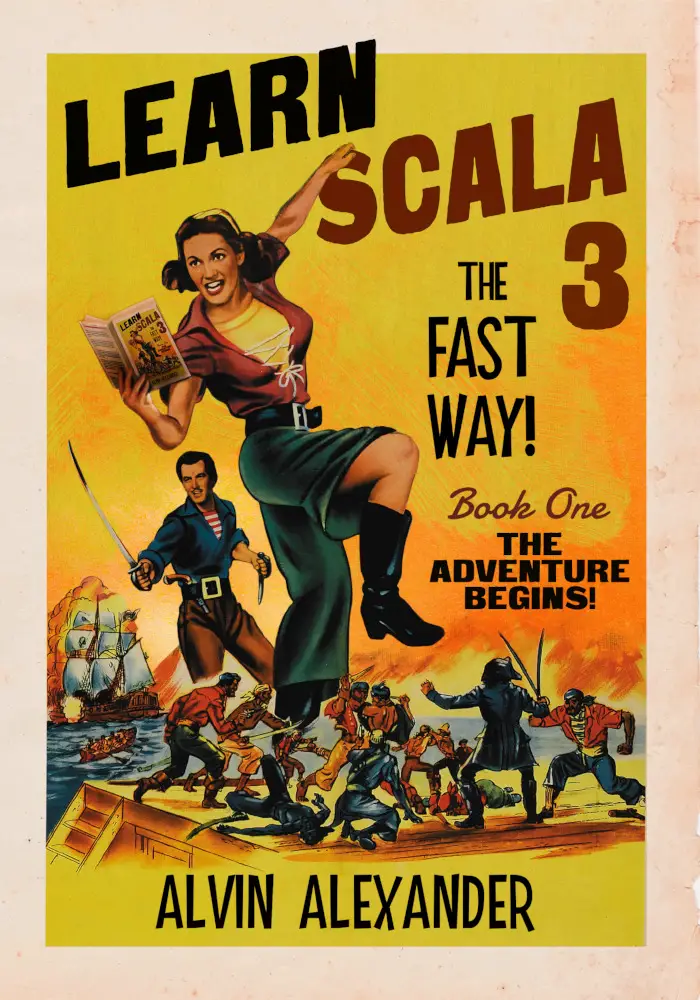Functional Programming, Simplified (a best-selling FP book)
Functional Programming, Simplified — currently 5-star rated on Gumroad.com, 4.5-star rated on Amazon, and one of the all-time best-selling books on functional programming — is currently on sale in three formats (prices shown in USD):
|
PDF Format |
Paperback Book |
Kindle eBook |
